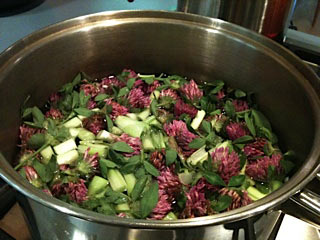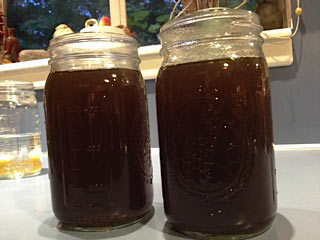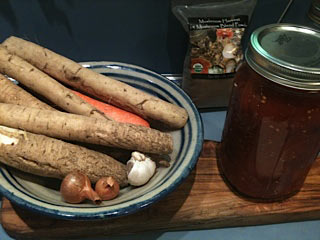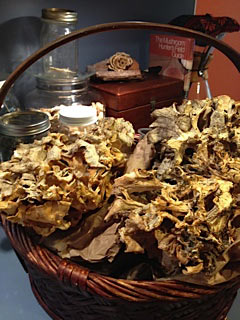Green manure for garden & soul.
 Sunday, September 9, 2012 at 3:23PM
Sunday, September 9, 2012 at 3:23PM  Elisabeth Veltman, The Tender Foodie tagged
Elisabeth Veltman, The Tender Foodie tagged  green manure resources,
green manure resources,  immune system,
immune system,  organic garden
organic garden  Email Article
Email Article  Print Article in
Print Article in  organic garden
organic garden 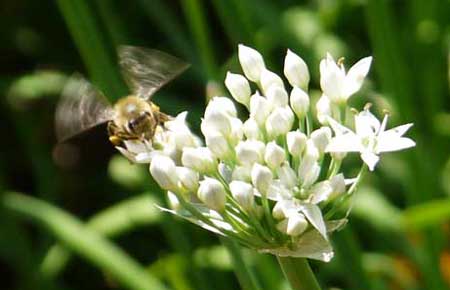
You may have noticed that there weren't any shots of the garden or its bounty this year. After last year's constant rain & mold; three replantings -- thanks to deer that have no boundaries (yes, the garden was double fenced - one 9 foot, 1 electric), I decided to give the garden, and me a break.
Like us, the soil has an immune system. Sometimes it needs to rest. Not to work so hard. To let go.
Now, my garden is behaving in interesting ways - just by doing nothing. But it is not replenishing properly. I left my tougher herbs to fight it out in the hot summer sun. Others, I put into pots. However, as seasoned farmers and gardeners will tell you, just letting the soil "be" might be interesting, but that doesn't mean that your precious soil is replenishing. To help that process, I plan to plant some green manure, like clover, mustard, and marigolds; let them over-winter, then mow them under.
This fall is a great time to take control of that garden recovery period so that next summer your soil is ready to be productive. Green manure is one fantastic, organic means of planned replenishment. The practice involves planting specific plants that interact with the soil to boost its nutrients, bio-diversity, and healthy organisms. From what I understand, there are "legume" and "non-legume" versions of green manure. Some plants work better in the spring, and others in the fall.
Here are a few examples.
Buckwheat
Mustard
Crimson,White Dutch, or yellow clover
Phacelia
Marigolds
Winter Tarres
Field Peas
Sorghum-Sudangrass
IMPORTANT GLUTEN-FREE NOTE: Rye grass and other gluten based grains are also recommended as green manure. If you need a gluten-free diet, its best to choose a non-gluten option like those above.
Using Green Manure (or cover cropping) is all new to me. So here are links from folks who know a great deal about this:
Organic Gardening Magazine: Cover Crops for Fall
Permaculture Pathways: Green Manure Cropping
Buy Seeds through Groworganic.com
On a human note, fall is also a great time to "remember" & schedule regular downtime throughout the busy-ness of school, work, family, and what-not. Sow your own "green manure" to keep yourself renewed throughout the cold, immune busting months. Eat seasonal, nutritious food, and do what replenishes you so you have a bounty to give back to those around you.
Fellow gardeners, let the foodie community know what you are doing to keep your soil healthy this fall! In the meantime, here is the state of my wild, crazy, beautiful though unkempt lady.
Crazy, Wild Garden
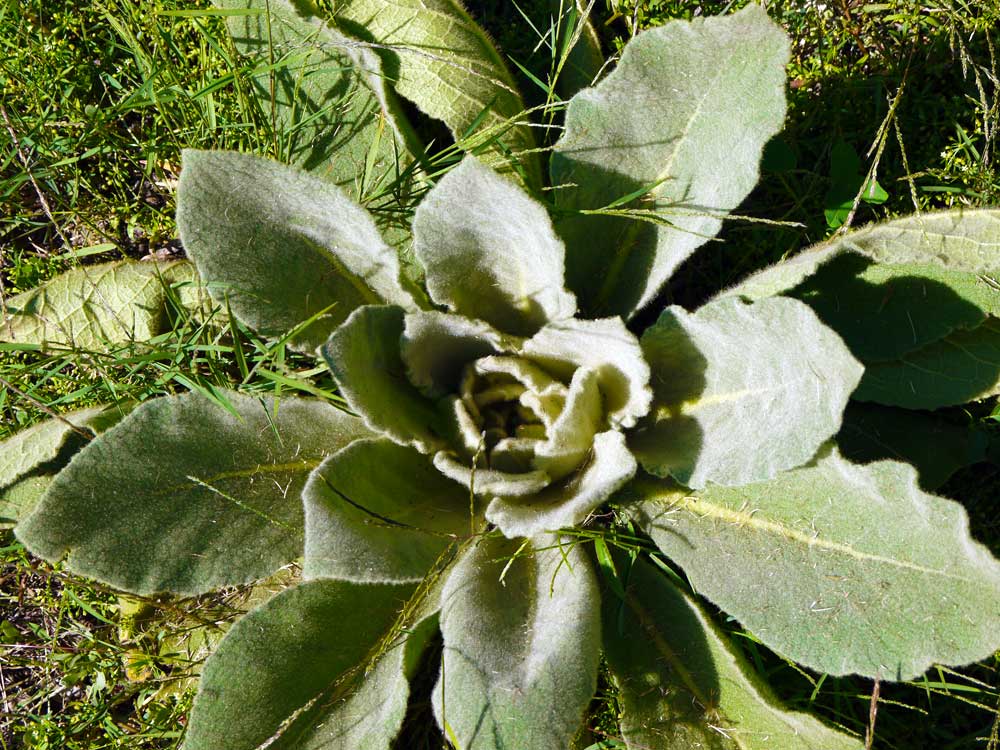 Lambs Ear, just one, appeared out of nowhere.
Lambs Ear, just one, appeared out of nowhere.
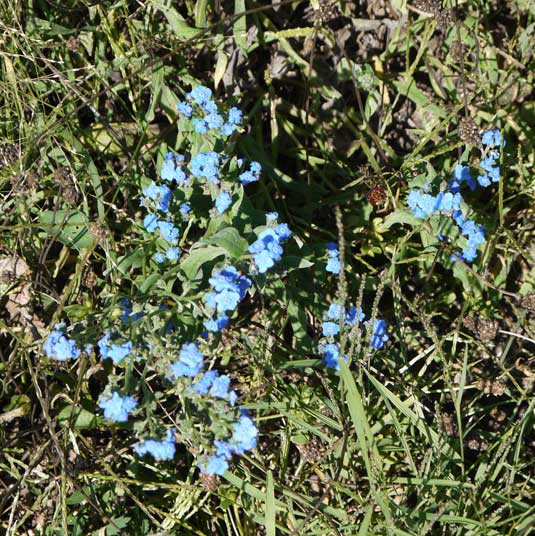 This little blue flower seems like a Phacelia, but is it?
This little blue flower seems like a Phacelia, but is it?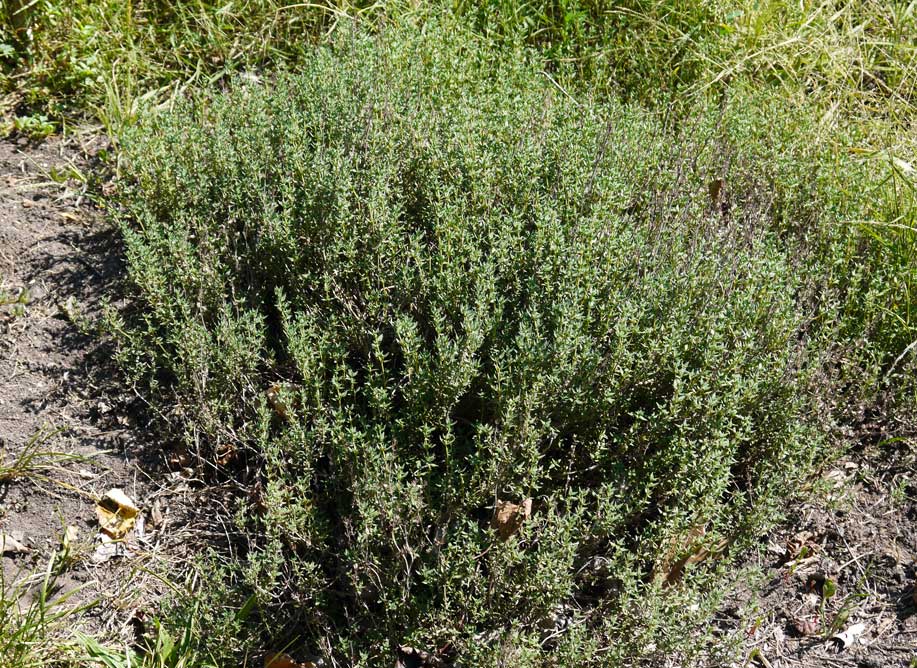 English Thyme was the only plant that I kept a reverent soil circle around it.
English Thyme was the only plant that I kept a reverent soil circle around it.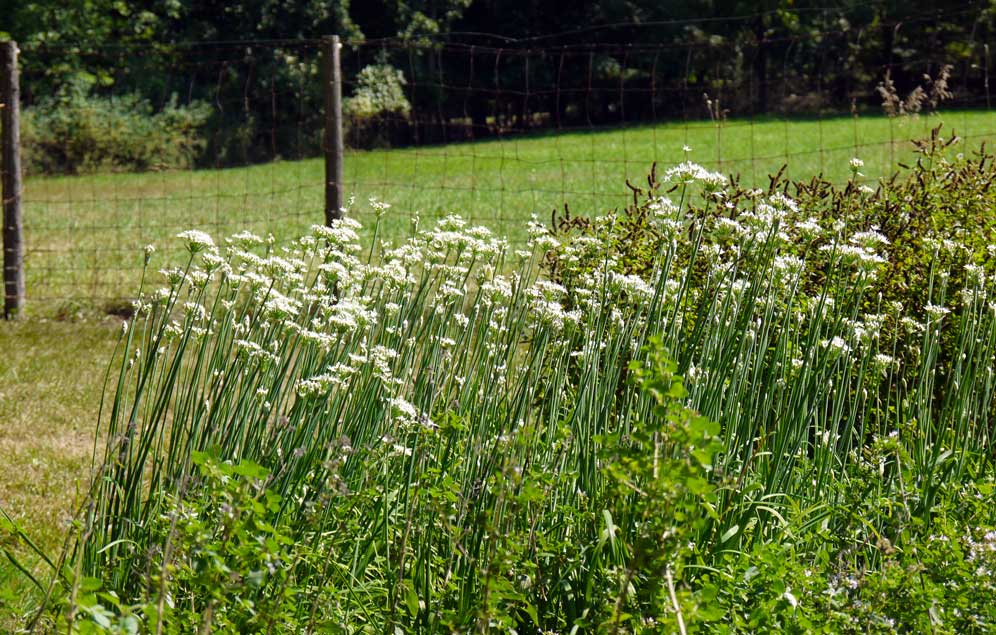 The chives, mint, and oregano became out of control. Beautiful.
The chives, mint, and oregano became out of control. Beautiful. Chocolate Daisy peeking up through the chives.
Chocolate Daisy peeking up through the chives.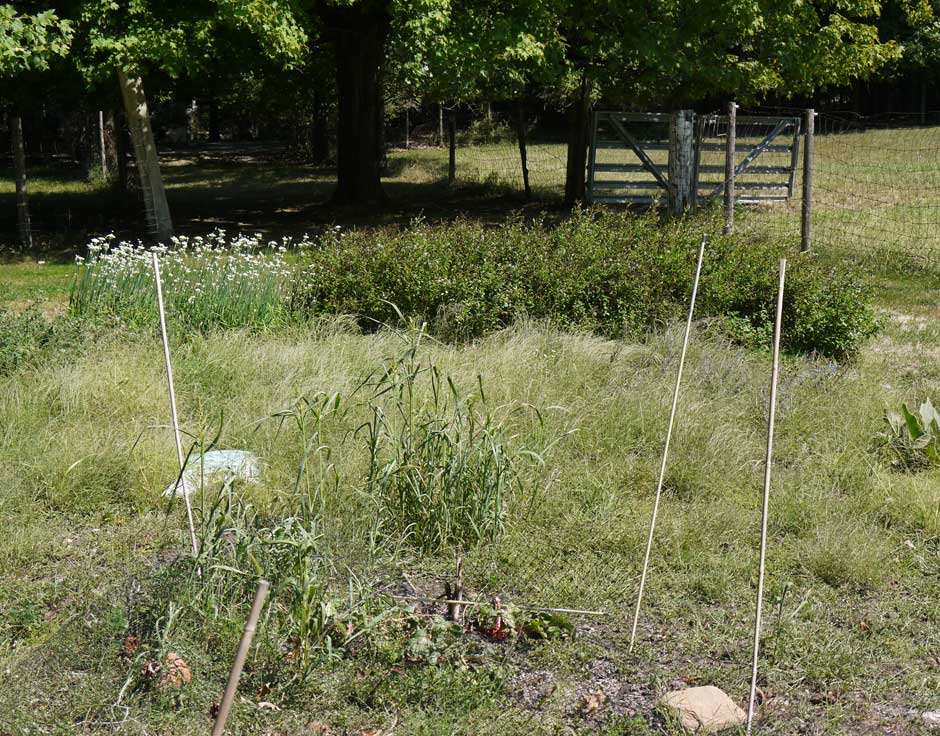 The entire garden, an unkempt, spent lady.
The entire garden, an unkempt, spent lady.
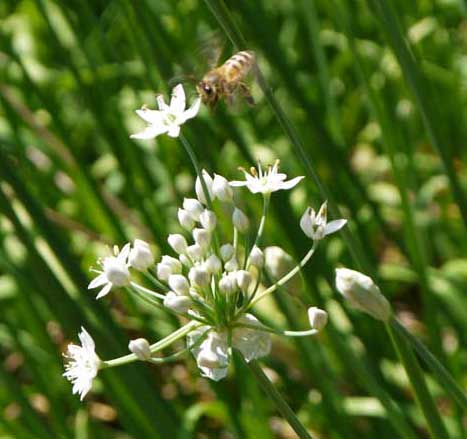 A beautiful polinator. The chives were covered in them.
A beautiful polinator. The chives were covered in them.


